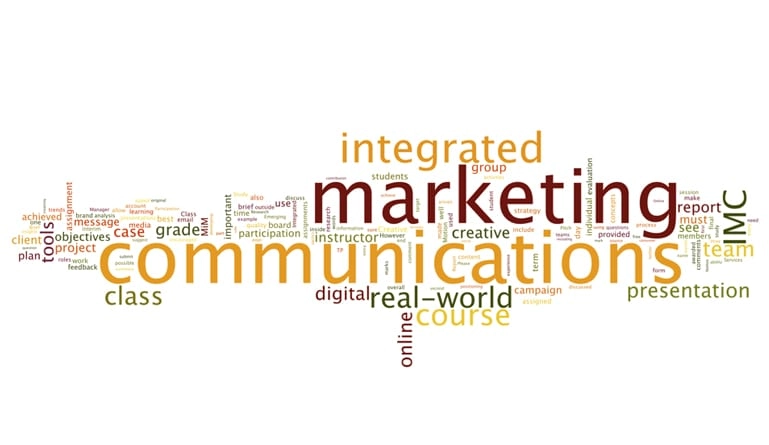How integrated marketing communications can help your brand.
What are integrated marketing communications, and why are they important for your business?
Marketing campaigns are, at their most basic, a series of organized and informative communications. Marketing materials can appear in any number of channels, including print ads, social media ads, digital banner ads, billboards, promotional products, blogs, and even business cards. The purpose of each piece of marketing collateral might be slightly different, but the overall goal is to help educate potential customers on how their product or service solves a problem or makes their customers’ lives easier.
Integrated marketing communications plans are some of the best ways to make sure that you reach your customers with relevant messaging. The American Marketing Association (AMA) defines integrated marketing communications as the “planning process designed to assure that all brand contacts received by a customer or prospect for a product, service, or organization are relevant to that person and consistent over time.” This means that whether your target audience sees your messages in a magazine ad, public relations announcement, direct mail flyer, social media post, or sales promo commercial, the story your marketing is trying to tell is cohesive.
Why is integrated marketing communications so important?
There are several benefits of integrated marketing communications, mostly having to do with how customers perceive and understand your company or brand’s message.
- Consistency: Consistent messaging is less confusing to customers. That’s why lots of brands pick a tagline, like “Have it Your Way”, and use it in their print ads, their commercials, hashtag campaigns on social media, and more.
- Clarity: A clear, reinforced message is much more effective than several different messages. Every marketing campaign or every marketing cycle, brands need to decide what most of their advertising is going to focus on so that their customers can clearly understand what they are trying to communicate.
- Placement: Not all customers are going to see all your advertising. The same customer who sees a billboard may never see your commercial and those who hear your radio ad might never see a digital ad. Chick-Fil-A is one brand that does a great job of making sure that no matter what medium their ads are found in, their message is always the same (“Eat More Chicken”), so one ever misses out.
Additional Benefits of Integrated Marketing Communications
One important part of the integrated marketing communications strategy is segmentation and targeting. When you refine your marketing strategy, you are able to reach more people who are actually more likely to be interested in your product or service. Your ads will be more useful and effective when presented to an audience who is likely to already be interested in your product or in the market for a similar solution. That’s why it’s important to use things like targeting on your social media and digital banner advertising – to make sure the clearest marketing message is reaching your most relevant audience every time.
There are many benefits of integrated marketing communications for your brand. It can help your messaging be better retained and understood by clients. Does your business follow an integrated marketing communications process?





